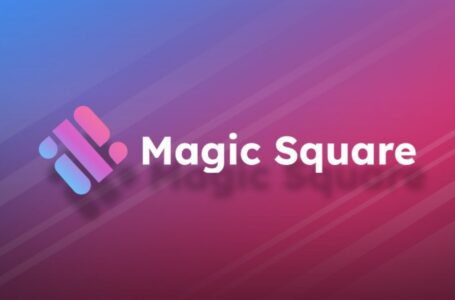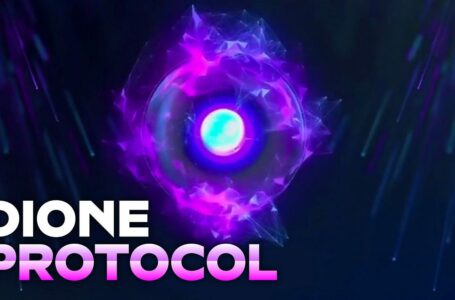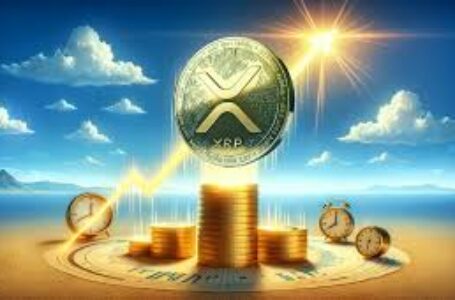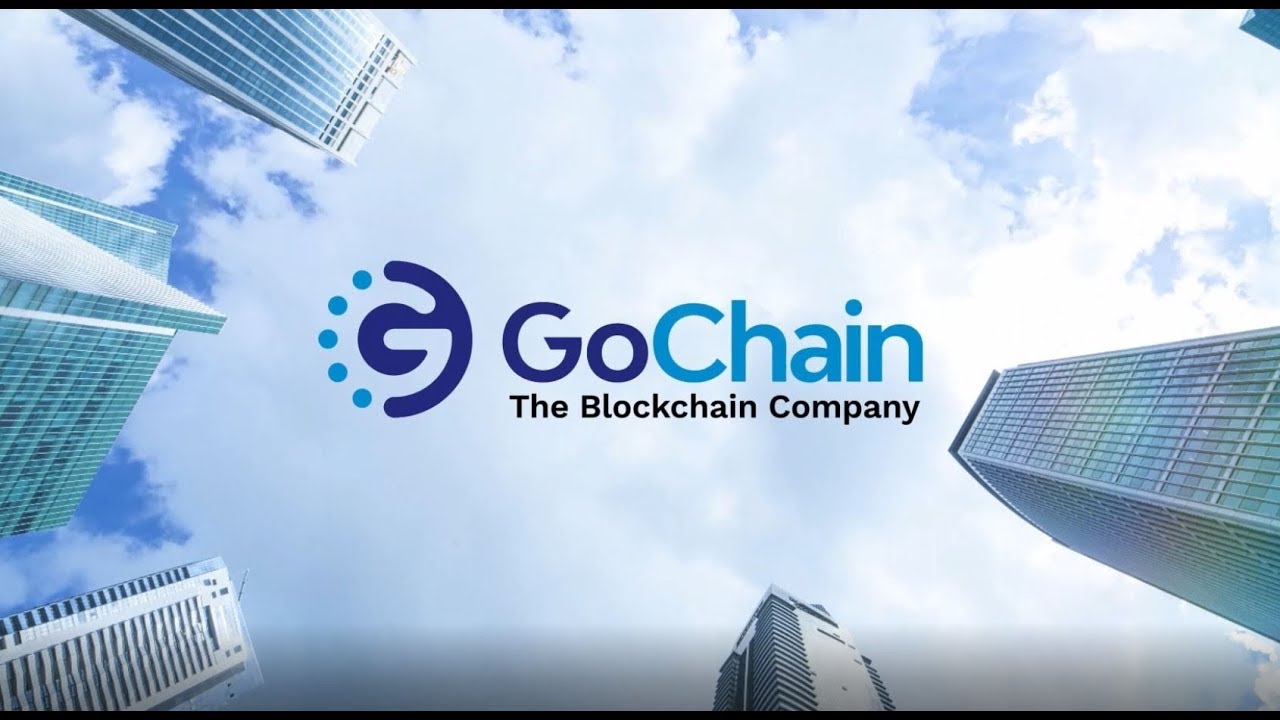
The scalability issue for blockchains has been the big fight recently, and the winner could take a lead over all other cryptocurrencies.
One of the latest to the battle is GoChain, which promises to deliver 100 times the speed of the Ethereum network, and a better alternative to smart contracts by using Proof-of-Reputation as a consensus mechanism rather than Proof-of-Work or Proof of Authority.
Besides being 100 times faster than Ethereum it is also aiming to become 10 times more decentralized, and deliver 1,000 times less power consumption when compared with Bitcoin. In this GoChain review we will take an in-depth look at the project in order to assess whether these claims are warranted or mere hot air.
GoChain Overview
GoChain’s move to Proof of Reputation consensus model takes account of the reputation of all network participants, to ensure a network that is fully secure and free from any internal or external problems. In the GoChain blockchain all participants are required to have a reputation, and trying to cheat the system in either financial or branding terms will have severe consequences.
In essence, GoChain has also improved on the Proof of Authority model by turning it to Proof of Reputation for most network participants. Proof of Authority can still be used, but only for nodes that have enjoyed an extremely high reputation, and add great value to the network. Plus the blockchain was created to be Ethereum compatible, meaning current Ethereum based chains can easily switch to GoChain.
GoChain is looking to solve the centralization, scalability and energy consumption problems of blockchains that use Proof of Work as a consensus mechanism. While Proof of Work is a good algorithm for blockchains it has served its purpose by starting the revolution. Now is the time to make a change to something faster, more scalable, less centralized, and less energy intensive. Furthermore, it moves beyond Ethereum smart contracts to create something more stable and useful.
How GoChain Improves on Ethereum
Because it supports smart contracts, Ethereum has become one of the most used blockchain protocols. Smart contracts are needed in many different industries and use cases, and GoChain wants to improve the current smart contracts to make them easier to use, and impervious to errors. Ethereum is the best smart contract network today, but it isn’t perfect. Some of the issues facing Ethereum are:
- Ethereum uses 3 times more energy than Google;
- Decentralization is not as great as was promised;
- Ethereum can only handle ~13 transactions per second;
- Smart contracts are not hack/theft proof.
The team at GoChain plans on resolving these issues by making a blockchain that is 10 times more decentralized, 100 times the number of transactions, and 1,000 times less energy consumed. In fact, the network is already processing 1,300 transactions per second, so it’s met one of the three objectives already.
Why GoChain Uses Proof of Reputation (PoR)
Let’s face it, in any business dealings reputation is of utmost importance. That’s true when you’re talking about an individual or an organization. Once a person or company begins to act dishonestly or unethically they will typically see sales slipping away, customers going elsewhere, and their business in general slowly declining. Creating a successful business is dependent on generating trust. And that was the basis of the Proof of Reputation system for GoChain.
In addition to the basic PoR, the model also allows for voting nodes into the network as authority nodes, which works as a Proof of Authority consensus. Using this hybrid model only authoritative nodes are permitted to sign and validate blocks.
GoChain Authorized Signers
The authorized signers on the GoChain network will be the ones to create, sign and validate blocks prior to distributing them to other network nodes. This is somewhat similar to miners in a Proof of Work system, but without the competition or mining fees.
The GoChain blockchain has been created in such a way that there will be a list of the authorized signers on the blockchain. Only authorized nodes will have the capability to sign blocks and each block will go through a verification process to ensure that whichever node signs it is in the list of authorized signers. This algorithm used for signing is similar to the Proof of Work algorithm, but with a different set of headers.
The PoW headers are included, and then there are extra headers added which enable voting. The network maintains security by ensuring that given N authorized signers, a signer can just sign a block every (N/2) + 1. This ascertains if someone tries to perform malicious attach, he/she will need to control 50 percent of signers.
Incentives and Rewards
While there are no mining fees on the GoChain network, authorized nodes will receive a reward of 1 GO token for each block they sign. This rate will remain in effect until 5% of the total tokens have been distributed. After that the reward will decrease steadily over time until all 50,000,000 tokens have been distributed.
Moreover, the amount per block depends on the finalized block times. For example: if there are 10 seconds set for certain block times, then the node will be getting an average of 15.9 tokens per signed block in the first year. However, the node does have to pay the pre-defined transaction fees that will be kept by the authoritative node that signs the block.
What is GoChain (GO) Token?
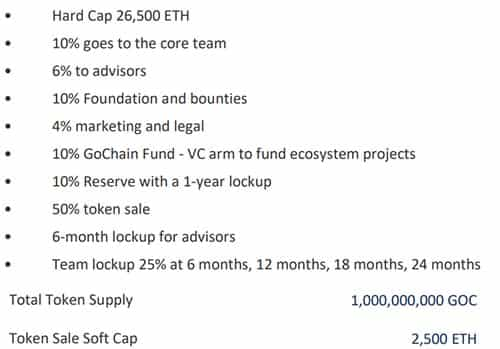
GO is the ticker symbol for the GoChain token, which was distributed in June 2018 after a successful ICO that raised 20,000 ETH or $13.7 million. The GO token is an Ethereum based ERC-20 token, and it can be used as “gas” to access all of the GoChain platform services.
There are plans to make a total of 1,000,000,000 tokens, and the current circulating supply is 498,943,652 GO. The remaining tokens will be distributed as signing rewards, with 5%, or 50,000,000 GO tokens to be distributed within the first year of main net operation. Afterwards the distribution rate will decrease until all 500,000,000 GO tokens have been distributed.
The GoChain Team
The GoChain team is comprised of business leaders, technology entrepreneurs and software engineers, which provides a good foundation for success. Many of the founding members have been involved in the cloud computing sphere before transitioning to the blockchain niche. The experiences in creating distributed cloud applications has given them the perfect background for a decentralized distributed blockchain network.

Additionally, the founders have been part of successful Silicon Valley start-ups in the past, and they bring this experience with them to the GoChain project. Some of the key team members and their experiences are:
- Jason Dekker – CEO – extensively C-level experienced in finance, biotech, tech, and the food & beverage industries.
- Chad Arimura — VP Cloud at Oracle
- Morgan Mackles — VP Sales at X.ai
Final Thought
GoChain has seen extensive optimism regarding its project, and that has translated in to good gains for the project token in a very short period of time. With a goal of significantly improving on Ethereum, we can see that GoChain has already been able to scale to 100 times the number of transactions that Ethereum is capable of handling, and by the second quarter of 2019 they are promising that number will be 1,000 times Ethereum’s transactional capability.
It’s easy to see that the project is already positioning itself to challenge Ethereum. The next step will be to see how GoChain handles smart contracts, and if it actually holds true to the promise of 10 times the decentralization. That aspect is currently troubling as the initial 50 authority nodes were chosen by the GoChain team. That’s hardly decentralized, but the team has said this number will rapidly increase through voting as network adoption increases.
Overall it’s a good project, and could become a great project if it delivers on its promises of delivering a better product than Ethereum.


